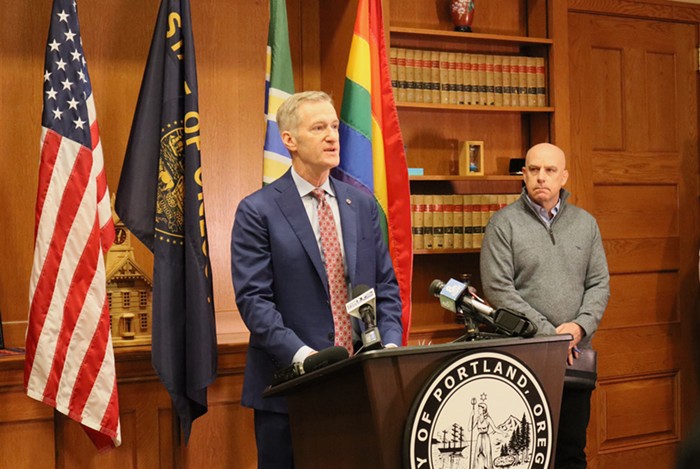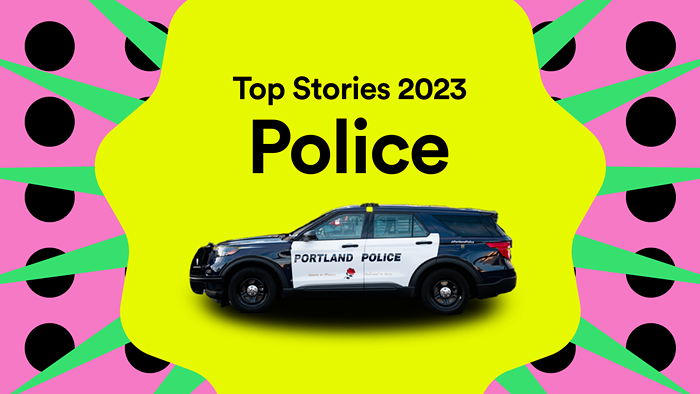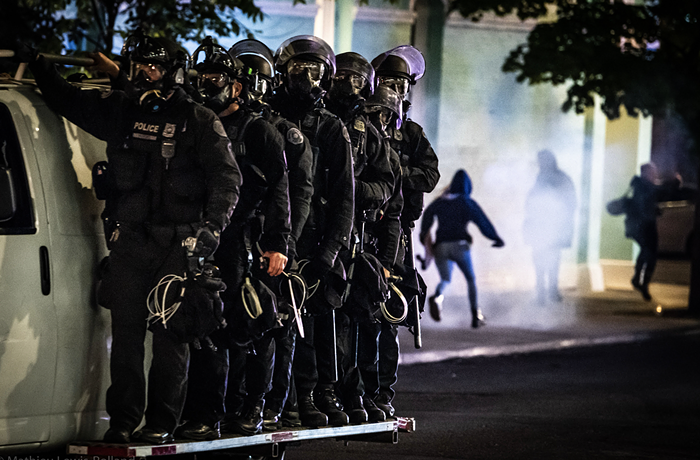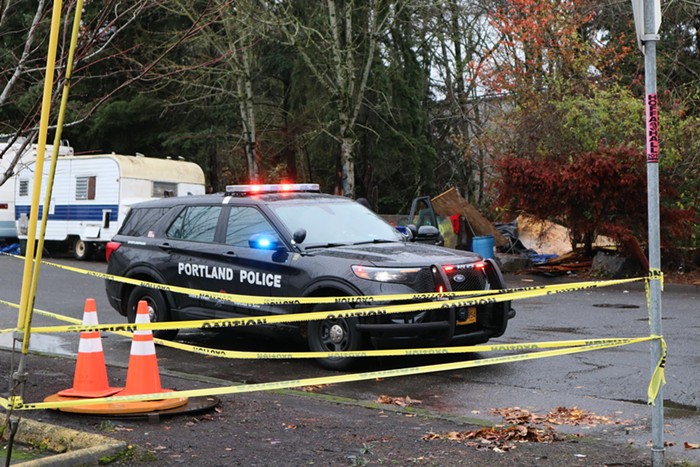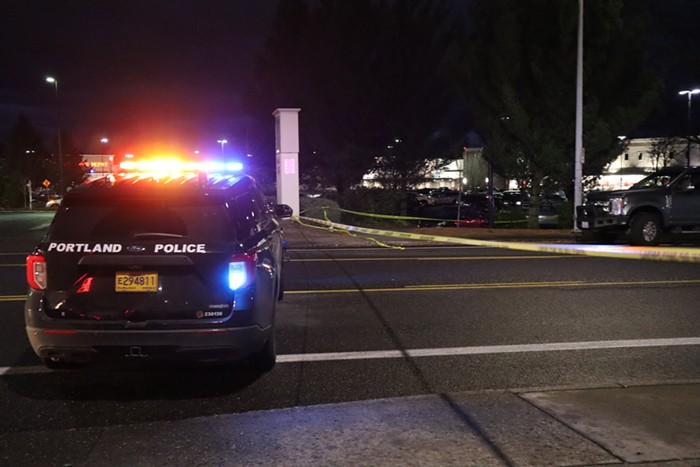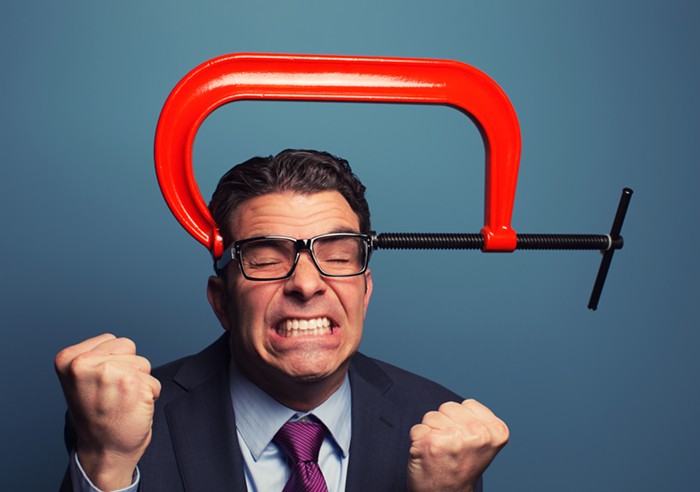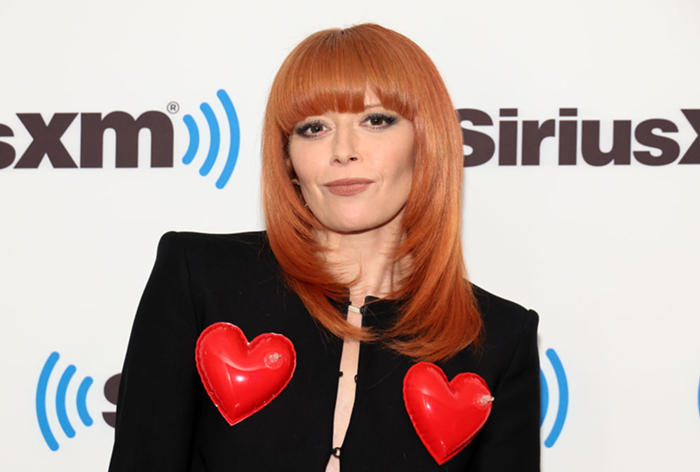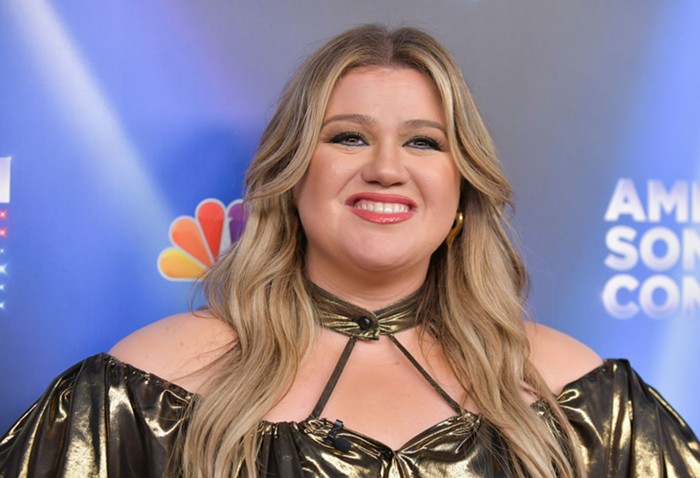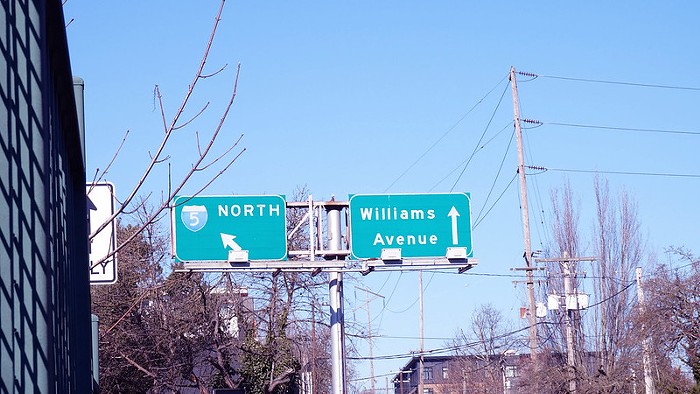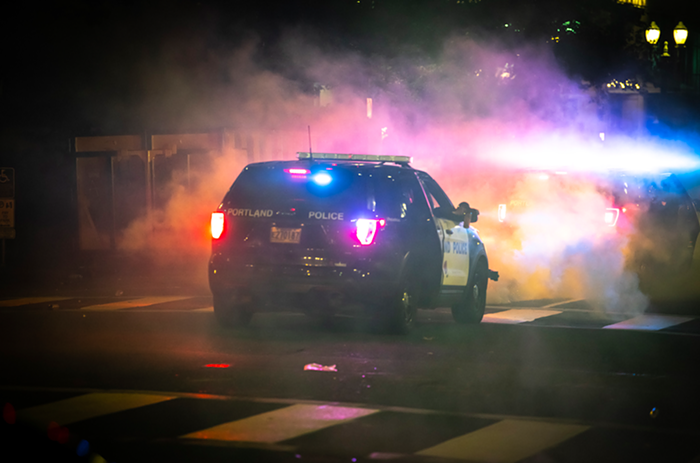
Hall Monitor is a regular column on issues related to Portland City Hall and its influence on the community it serves.
___
In his past three years in City Hall, Mayor Ted Wheeler has proudly positioned himself as a leader in the resistance to Donald Trump’s administration. But, in the face of nightly protests he’s eager to put an end to, Wheeler’s critiques of Trump’s heavy-handed orders have softened.
Late Saturday evening, federal officers shot a non-violent protester in the head with a 'less lethal' munition, sending 26-year-old Donavan LaBella to the hospital in critical condition. This incident was just the latest in a string of assaults on the public by federal officers who’d been sent to Portland by Trump to protect federal property, like downtown Portland's Mark Hatfield Federal Courthouse. One video from the same night captured a federal officer violently pinning a protester to the ground as the protester appeared to be having a seizure. Other clips show people running through thick clouds of tear gas as officers shot rubber bullets into their backs.
But the video of LaBella standing with his hands in the air, hoisting a boombox over his head, as an officer shoots at his head was the breaking point for most public officials. By Sunday afternoon, Governor Kate Brown, US Senator Ron Wyden, and the majority of Portland City Council had released statements condemning the violence inflicted on Portlanders by federal officers dressed for combat.
Wheeler was one of the last elected officials to chime in. "A person was seriously injured in Portland last night," he said in a Sunday evening press release. "This should not have happened."
This vague and impersonal statement artfully avoided casting blame on the officers, who’ve been working side-by-side with Portland police to suppress protests. Wheeler instead pivoted back to previous talking points: Chastising people who’ve engaged in "nightly violence," and directing Portland Police Chief Chuck Lovell to "end" this violence as quickly as possible. Since Lovell has no control over the actions of federal police, it's clear Wheeler is asking Lovell to stifle actions of the public.
In the past, Wheeler has been quick to rebuke federal officers following Trump’s commands. In 2018, Wheeler famously discouraged PPB officers from providing backup to federal police responding to protests at Portland’s US Immigrant and Customs Enforcement (ICE) headquarters. At the time, he seemed to take pleasure in being the foil to the feds’ anti-protest crackdown.
But, two years later, the narrative has shifted. In 2018, fighting with federal law enforcement was an easy way for Wheeler to collect points from progressive voters. In 2020, however, throwing barbs at Trump’s officers could impede Wheeler’s mission to swiftly “end” anti-police demonstrations—a request coming directly from downtown business lobbyists and Portland’s rank-and-file police union.
It’s an understandable hesitation: Federal police are granted power that Portland officers are not. The officers sent by Trump’s Department of Homeland Security, including members of BORTAC (US Border Patrol’s equivalent to a SWAT team), are not beholden to the recent court orders and state laws limiting Portland officers’ ability to use weapons on protesters. While PPB must declare a riot and make an announcement before firing tear gas into a crowd, federal agents have shot canisters of gas into the street without warning.
On Sunday, Wheeler said he had asked the federal government to “adhere to the same directives as [PPB] when it comes to crowd control munitions.” It’s clear the federal police have no interest in politely abiding.
Passively allowing federal police to assist PPB officers in curtailing these demonstrations isn’t the only way Wheeler’s worked to undermine the lingering protests. For the past month, Wheeler has worked hard to divide Portland protesters into categories based on their chosen methods of protest. At the root of his critique is the idea that the hundreds of protesters who continue to hold demonstrations in the city aren’t genuine in their calls for police accountability, simply because a few in the crowd have committed crimes.
To be clear, these criminal acts—setting fire to a statue, breaking windows, and throwing rocks at police—pale in comparison to the injuries law enforcement has inflicted on the public over the past 45 days. Deep purple wounds from rubber bullets, blistering burns from fire-hot munitions, head injuries from police batons, lasting psychological trauma—the list of public harm is long.
Wheeler has further divided the movement by only elevating voices in the Black community who support his own criticisms—not giving the same platform to concerns raised by other Black leaders who support the ongoing demonstrations (including his fellow city commissioner, Jo Ann Hardesty).
On Monday, Trump boasted that his officers had “quelled” violence in Portland, but warned that the feds may still "take over cities" to combat rising crime stemming from protests. Hours later, Wheeler told reporters that he didn’t have a problem with Trump deploying federal police to Portland to defend government buildings.
“What I have a problem with is them leaving [federal property] and going out onto the streets of this community and escalating an already tense situation, like they did the other night,” he said.
But that’s a clunky place to draw the line, given that federal officers were standing on federal property when they shot LaBella. It’s still unclear where Wheeler will draw the line when it comes to assaults on Portlanders.
Yet Wheeler has been clear—and honest—about one thing.
“Portland continues to be used as a staging ground for violence night after night,” he said Sunday. “This is causing unprecedented harm to our communities, livelihoods, and Portlanders continue to fear for their safety.”
But it’s time Wheeler acknowledges who is truly bringing this violence into our community: Unarmed 20-somethings in black hoodies, or heavily armed law enforcement prepared for war.

